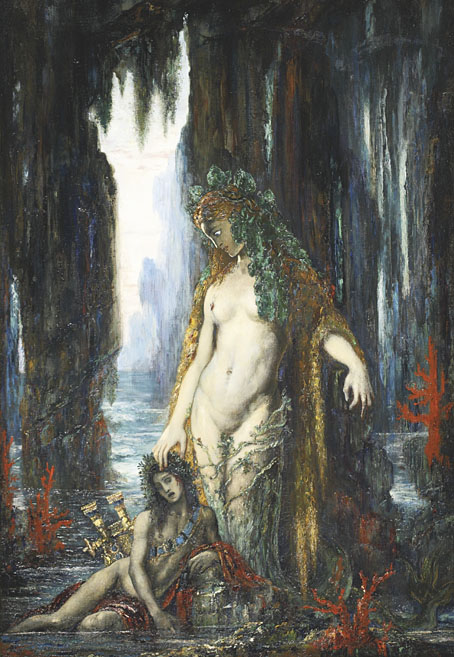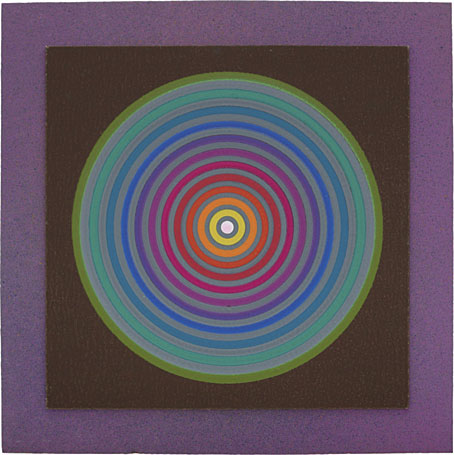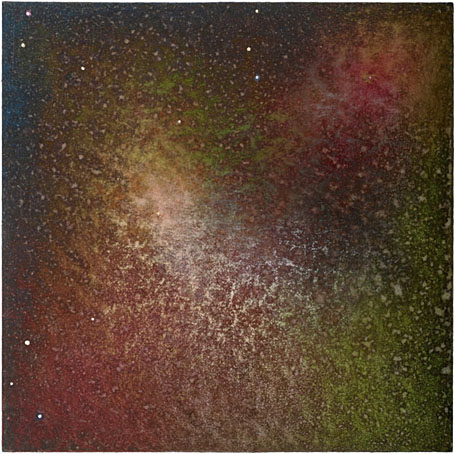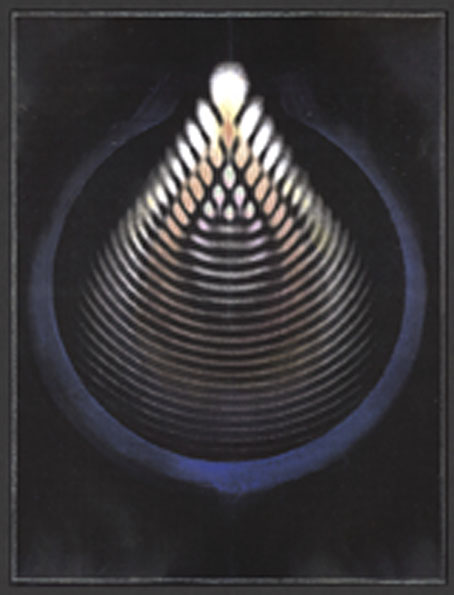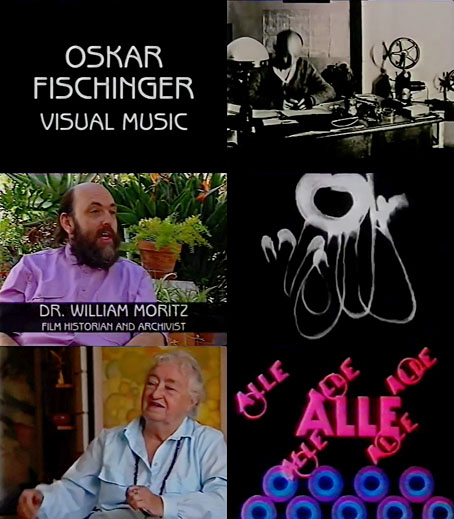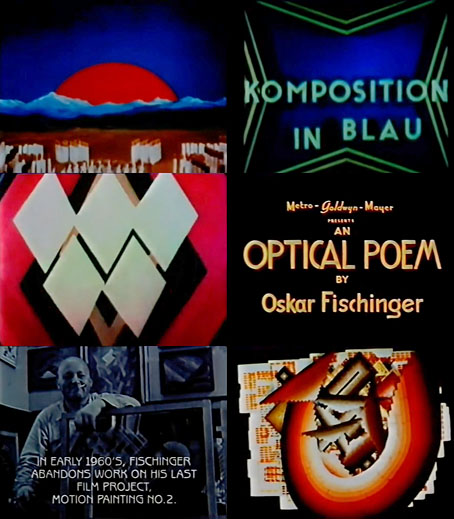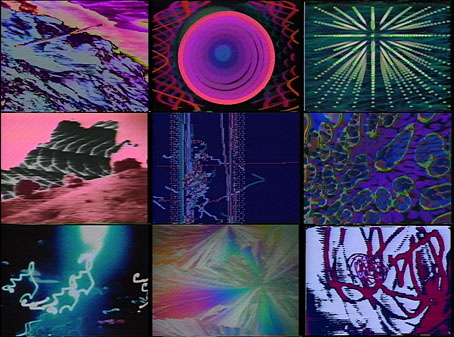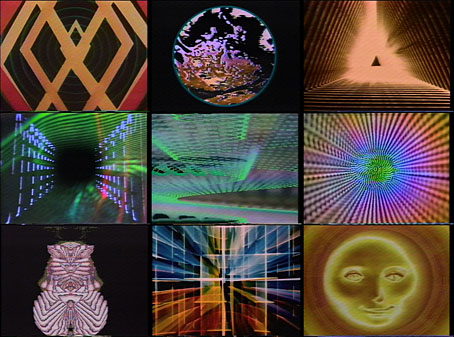
Breathing (1980).
Three short films by Toshio Matsumoto, a director best known for his debut feature Funeral Parade of Roses (1969). Matsumoto made many more short film than he did long ones, four of which were featured here a few years ago. His films of the 1970s are replete with vivid colours, rapid edits, processed visuals and electronic soundtracks. The first two films in the trio follow this form.
Mona Lisa (1973)
The world’s most famous painting provides a stage for a succession of effects created with the Scanimate video synthesizer. No credit for the electronic score.
Enigma (1978)
More Scanimate effects only this time the results are very abstract, a series of spheres and vortices. Again, no credit for the electronic score.
Breathing (1980)
At 25 minutes, the longest and most fascinating of the three films. Breathing also employs video effects but very minimally applied, being a meditation on the “breathing” of the natural world seen in three separate sections that show clouds drifting over mountains, trees moving in the wind and waves breaking against a shore. Each section also features an appearance by dancer Hiroko Horiuchi who strikes a succession of wraithlike poses. Watching this one I was continually distracted by the remarkable soundtrack. “This sounds like the music from Kwaidan,” I thought, and sure enough, the music is credited to Toru Takemitsu, composer of the score for Masaki Kobayashi’s ghost film. Is this original music or did Matsumoto simply lift sections of the soundtrack from the earlier film? I can’t say, but the music combined with the presence of the sinister dancing woman, who might be a cousin of Kobayashi’s lethal Woman of the Snow, is enough to make the whole film seem like an excised episode from the Kwaidan suite.
Previously on { feuilleton }
• Phantom, a film by Toshio Matsumoto
• White Hole, a film by Toshio Matsumoto
• Atman, a film by Toshio Matsumoto
• Metastasis, a film by Toshio Matsumoto




